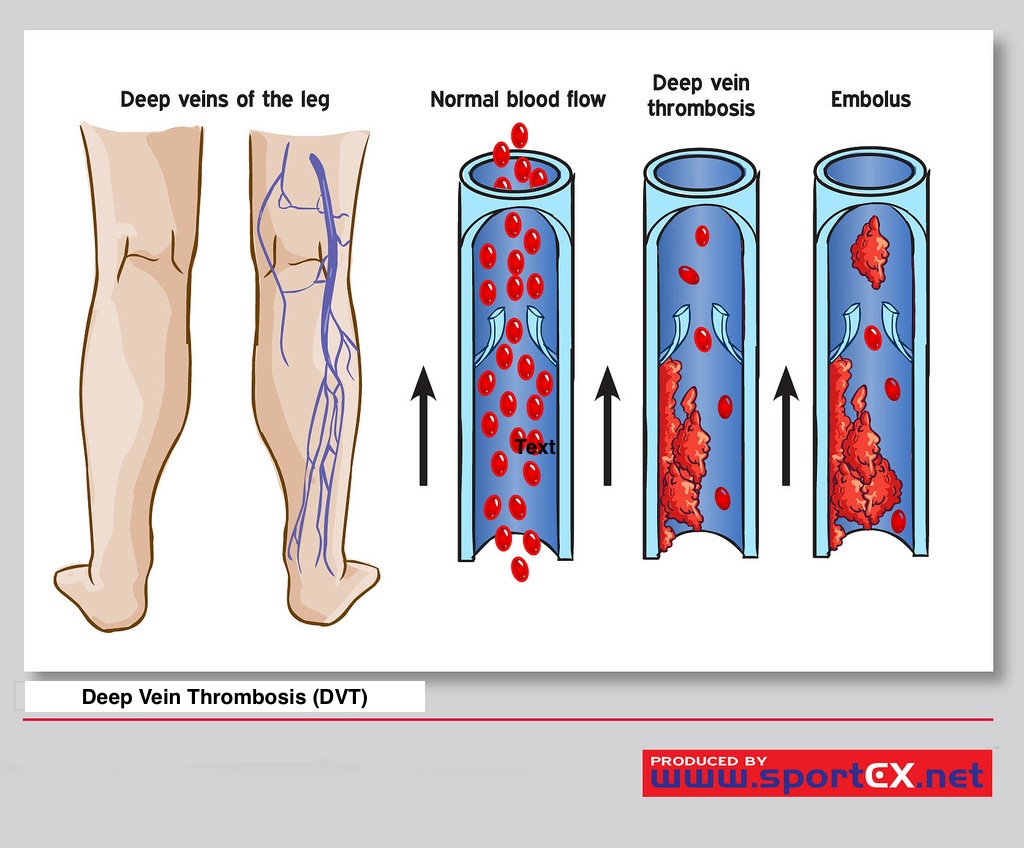[1]
Brandão GMS, Cândido RCF, Rollo HA, Sobreira ML, Junqueira DR. Direct oral anticoagulants for treatment of deep vein thrombosis: overview of systematic reviews. Jornal vascular brasileiro. 2018 Oct-Dec:17(4):310-317. doi: 10.1590/1677-5449.005518. Epub
[PubMed PMID: 30787949]
Level 3 (low-level) evidence
[2]
Jara-Palomares L, van Es N, Praena-Fernandez JM, Le Gal G, Otten HM, Robin P, Piccioli A, Lecumberri R, Religa P, Rieu V, Rondina M, Beckers M, Prandoni P, Salaun PY, Di Nisio M, Bossuyt PM, Kraaijpoel N, Büller HR, Carrier M. Relationship between type of unprovoked venous thromboembolism and cancer location: An individual patient data meta-analysis. Thrombosis research. 2019 Apr:176():79-84. doi: 10.1016/j.thromres.2019.02.011. Epub 2019 Feb 13
[PubMed PMID: 30780008]
Level 1 (high-level) evidence
[3]
Xu S, Chen JY, Zheng Q, Lo NN, Chia SL, Tay KJD, Pang HN, Shi L, Chan ESY, Yeo SJ. The safest and most efficacious route of tranexamic acid administration in total joint arthroplasty: A systematic review and network meta-analysis. Thrombosis research. 2019 Apr:176():61-66. doi: 10.1016/j.thromres.2019.02.006. Epub 2019 Feb 11
[PubMed PMID: 30776688]
Level 1 (high-level) evidence
[4]
Li J, Zhang F, Liang C, Ye Z, Chen S, Cheng J. The Diagnostic Efficacy of Age-Adjusted D-Dimer Cutoff Value and Pretest Probability Scores for Deep Venous Thrombosis. Clinical and applied thrombosis/hemostasis : official journal of the International Academy of Clinical and Applied Thrombosis/Hemostasis. 2019 Jan-Dec:25():1076029619826317. doi: 10.1177/1076029619826317. Epub
[PubMed PMID: 30754991]
[5]
Tran HA, Gibbs H, Merriman E, Curnow JL, Young L, Bennett A, Tan CW, Chunilal SD, Ward CM, Baker R, Nandurkar H. New guidelines from the Thrombosis and Haemostasis Society of Australia and New Zealand for the diagnosis and management of venous thromboembolism. The Medical journal of Australia. 2019 Mar:210(5):227-235. doi: 10.5694/mja2.50004. Epub 2019 Feb 10
[PubMed PMID: 30739331]
[6]
Coolidge W. Development of a Pharmacologic Venous Thromboembolism Protocol for Trauma Patients. South Dakota medicine : the journal of the South Dakota State Medical Association. 2018 Oct:71(10):438-444
[PubMed PMID: 30731517]
[7]
Alyea E, Gaston T, Austin LS, Wowkanech C, Cypel B, Pontes M, Williams G. The Effectiveness of Aspirin for Venous Thromboembolism Prophylaxis for Patients Undergoing Arthroscopic Rotator Cuff Repair. Orthopedics. 2019 Mar 1:42(2):e187-e192. doi: 10.3928/01477447-20181227-05. Epub 2019 Jan 3
[PubMed PMID: 30602049]
[8]
Kim JS. Deep Vein Thrombosis Prophylaxis after Total Hip Arthroplasty in Asian Patients. Hip & pelvis. 2018 Dec:30(4):197-201. doi: 10.5371/hp.2018.30.4.197. Epub 2018 Dec 6
[PubMed PMID: 30534537]
[9]
Ohmori H, Kanaoka Y, Yamasaki M, Takesue H, Sumimoto R. Prevalence and Characteristic Features of Deep Venous Thrombosis in Patients with Severe Motor and Intellectual Disabilities. Annals of vascular diseases. 2018 Sep 25:11(3):281-285. doi: 10.3400/avd.oa.18-00028. Epub
[PubMed PMID: 30402176]
[10]
Tritschler T, Kraaijpoel N, Le Gal G, Wells PS. Venous Thromboembolism: Advances in Diagnosis and Treatment. JAMA. 2018 Oct 16:320(15):1583-1594. doi: 10.1001/jama.2018.14346. Epub
[PubMed PMID: 30326130]
Level 3 (low-level) evidence
[11]
López-Núñez JJ, Trujillo-Santos J, Monreal M. Management of venous thromboembolism in patients with cancer. Journal of thrombosis and haemostasis : JTH. 2018 Dec:16(12):2391-2396. doi: 10.1111/jth.14305. Epub 2018 Oct 15
[PubMed PMID: 30246407]
[12]
Milinis K, Shalhoub J, Coupland AP, Salciccioli JD, Thapar A, Davies AH. The effectiveness of graduated compression stockings for prevention of venous thromboembolism in orthopedic and abdominal surgery patients requiring extended pharmacologic thromboprophylaxis. Journal of vascular surgery. Venous and lymphatic disorders. 2018 Nov:6(6):766-777.e2. doi: 10.1016/j.jvsv.2018.05.020. Epub 2018 Aug 17
[PubMed PMID: 30126797]

